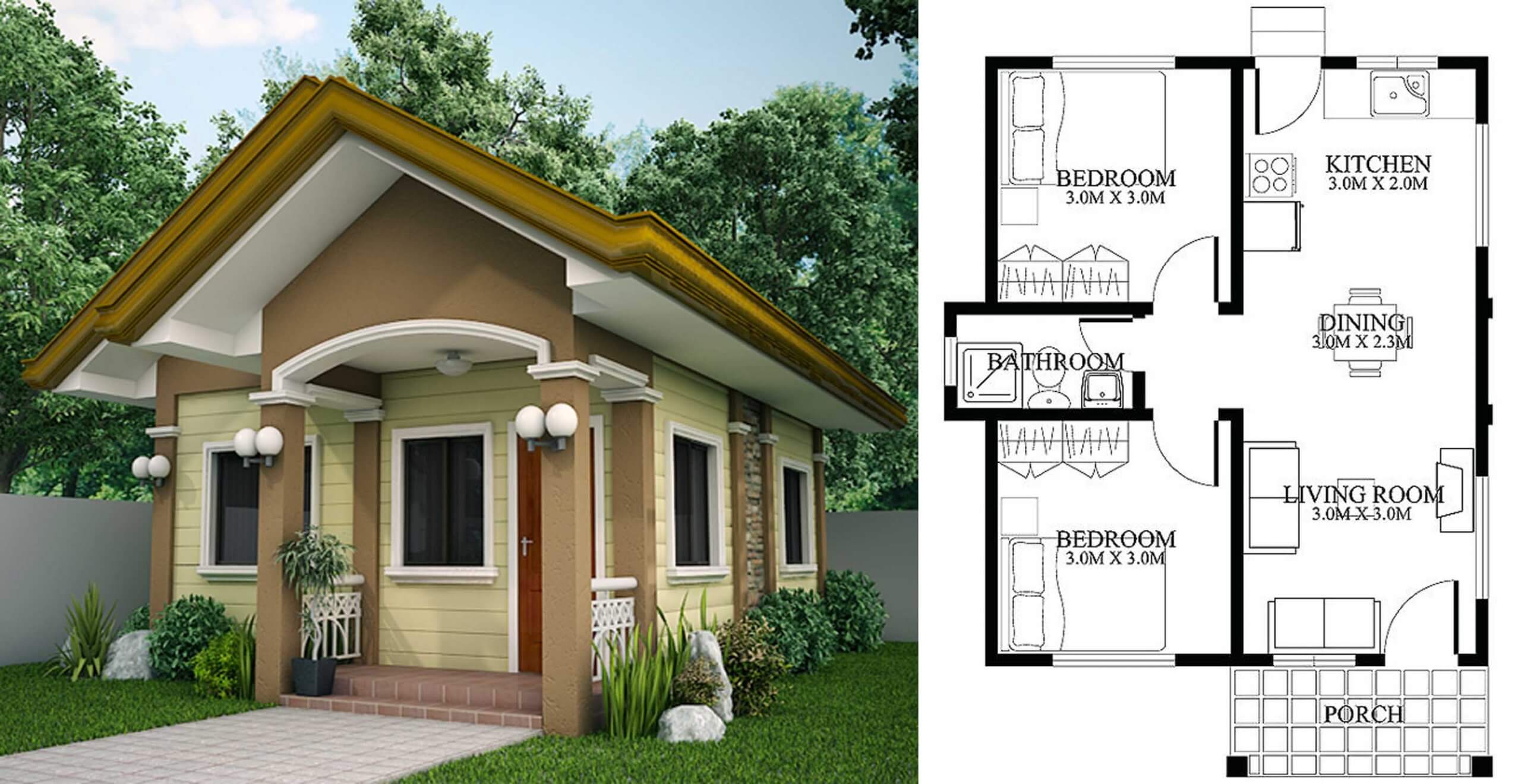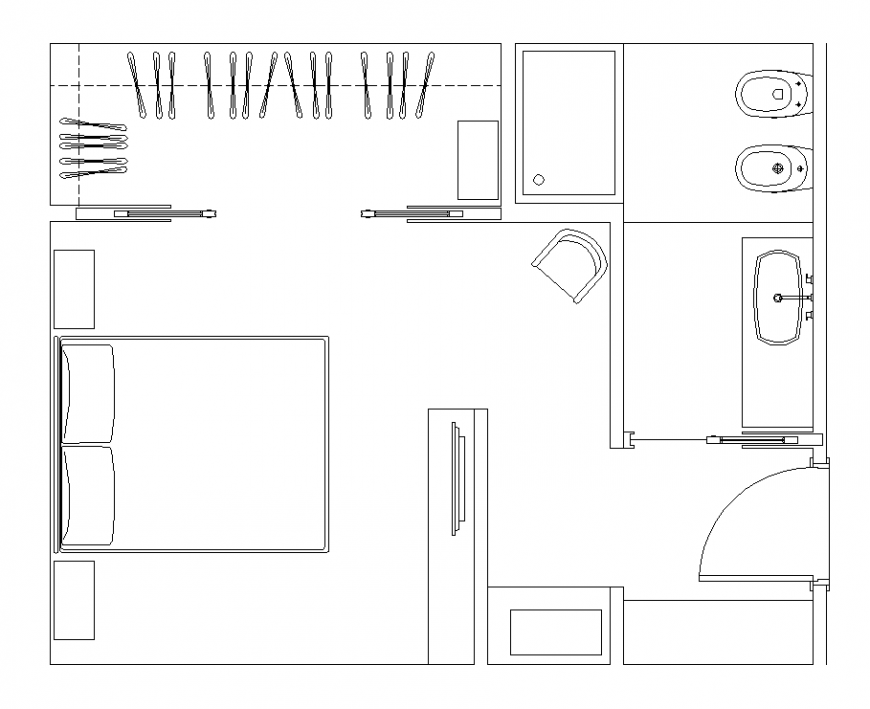Open Bathroom Bedroom Design Concepts

Open bathroom bedroom designs, also known as wet rooms, have gained popularity in recent years. This design concept blends the bathroom and bedroom spaces, creating a sense of openness and luxury. However, it’s essential to consider the benefits and challenges before embarking on such a project.
Benefits of Open Bathroom Bedroom Designs
An open bathroom bedroom design offers several advantages, including:
- Enhanced Space: By eliminating the physical barrier between the bathroom and bedroom, this design creates an illusion of larger space, especially in smaller homes.
- Increased Natural Light: With no walls separating the two spaces, natural light can easily flow through, creating a brighter and more inviting atmosphere.
- Modern and Luxurious Feel: Open bathroom bedroom designs are often associated with modern and luxurious aesthetics, adding a touch of sophistication to the overall living space.
- Improved Flow and Functionality: The seamless transition between the bathroom and bedroom allows for a more efficient and convenient use of space, making daily routines smoother.
Challenges of Open Bathroom Bedroom Designs
While open bathroom bedroom designs offer many benefits, there are also challenges to consider:
- Privacy Concerns: The lack of separation between the bathroom and bedroom can raise privacy concerns, especially for couples or families who value personal space.
- Moisture Control: Maintaining proper moisture control is crucial in an open bathroom bedroom design to prevent mold and mildew growth. This may require specialized ventilation systems and careful material selection.
- Sound Insulation: The absence of walls can lead to noise transfer between the bathroom and bedroom, impacting privacy and sleep quality. Acoustic considerations are essential in this design concept.
- Design Complexity: Creating a seamless and aesthetically pleasing transition between the bathroom and bedroom requires careful planning and design expertise to ensure both functionality and visual appeal.
Open Bathroom Bedroom Design Styles
Open bathroom bedroom designs can be adapted to various styles, reflecting personal preferences and architectural elements. Here are some popular examples:
- Minimalist: Minimalist open bathroom bedroom designs emphasize clean lines, neutral colors, and a focus on functionality. The bathroom area might feature a sleek shower enclosure, a minimalist vanity, and a simple toilet.
- Modern: Modern open bathroom bedroom designs often incorporate bold geometric shapes, metallic accents, and a sophisticated color palette. The bathroom area might feature a freestanding bathtub, a contemporary shower, and sleek storage solutions.
- Rustic: Rustic open bathroom bedroom designs embrace natural materials like wood, stone, and exposed brick. The bathroom area might feature a clawfoot tub, a wooden vanity, and a rustic shower.
- Bohemian: Bohemian open bathroom bedroom designs are characterized by eclectic elements, vibrant colors, and a relaxed atmosphere. The bathroom area might feature a vintage bathtub, patterned tiles, and unique storage solutions.
Tips for Creating a Seamless Transition
Creating a seamless transition between the bathroom and bedroom areas is essential for an aesthetically pleasing and functional open bathroom bedroom design. Here are some tips:
- Consistent Flooring: Using the same flooring material throughout both spaces creates a sense of continuity and flow. This can be achieved by using wood, tile, or even a combination of materials.
- Matching Color Palette: Choosing a consistent color palette for both the bathroom and bedroom ensures a cohesive and visually appealing design. This can involve using complementary colors or shades of the same color.
- Strategic Lighting: Proper lighting is crucial for creating a comfortable and functional space. Consider using a combination of ambient, task, and accent lighting to highlight specific areas and create different moods.
- Open Shower Enclosure: An open shower enclosure can visually connect the bathroom and bedroom, while still providing a sense of separation. This can be achieved using glass or a combination of glass and other materials.
- Floating Vanity: A floating vanity can create a sense of openness and airiness, while also providing ample storage space. This design element can help to visually separate the bathroom and bedroom areas.
Planning and Layout Considerations

Planning an open bathroom bedroom design requires careful consideration of layout, functionality, and aesthetics. The key is to create a seamless flow between the two spaces while maintaining privacy and functionality.
Layout Considerations and Configurations
The layout of an open bathroom bedroom can significantly impact its functionality and aesthetic appeal. A well-planned layout ensures both spaces are utilized effectively and enhance the overall design. Here are some essential considerations:
- Floor Plan and Dimensions: A well-defined floor plan with accurate dimensions is crucial for visualizing the layout and ensuring sufficient space for each area. The ideal size for an open bathroom bedroom varies depending on the specific design and functionality. For example, a compact layout may require a smaller footprint, while a spacious design with multiple features requires a larger area.
- Bathroom Area Configurations: The bathroom area can be designed with various configurations to suit different preferences and needs. Some common configurations include:
- Separate Shower and Tub: This configuration offers flexibility and allows for a more luxurious bathroom experience. The shower can be designed with a walk-in entry or a traditional enclosed space. The tub can be placed in a corner or against a wall, depending on the available space.
- Combined Shower and Tub: This configuration is space-saving and ideal for smaller bathrooms. A combined shower and tub unit can offer a practical solution while still providing a comfortable bathing experience.
- Wet Room: This configuration features a single floor space without any physical separation between the shower and the rest of the bathroom. A wet room can create a modern and minimalist aesthetic but requires careful planning to ensure proper drainage and waterproofing.
- Bedroom Area Configurations: The bedroom area can also be designed with different configurations to create a comfortable and functional space. Some common configurations include:
- Walk-in Closet: A walk-in closet provides ample storage space and allows for easy access to clothes and accessories. It can be designed as a separate room or integrated into the bedroom layout.
- Built-in Wardrobe: Built-in wardrobes offer a space-saving solution and can be customized to fit the available space. They can be designed with shelves, drawers, and hanging rods to maximize storage capacity.
- Open Shelving: Open shelving can add a minimalist and modern aesthetic to the bedroom. It allows for easy access to belongings but requires careful organization to avoid clutter.
Natural Light and Ventilation
Natural light and ventilation are crucial for creating a comfortable and inviting open bathroom bedroom.
- Maximize Natural Light: Large windows and skylights can bring in ample natural light, creating a bright and airy atmosphere. Position windows strategically to allow for cross-ventilation and to provide views of the outdoors.
- Ensure Adequate Ventilation: Proper ventilation is essential for removing moisture and odors from the bathroom. A combination of exhaust fans and operable windows can ensure effective ventilation.
- Consider Privacy: When designing an open bathroom bedroom, it is essential to consider privacy. Frosted glass, curtains, or blinds can be used to create privacy without completely blocking out natural light.
Materials and Finishes: Open Bathroom Bedroom Design Plans

The selection of materials and finishes is crucial in open bathroom bedroom designs, as it influences the overall aesthetic, functionality, and atmosphere of the space. Choosing materials that complement each other, considering their durability, and creating a seamless flow between the bathroom and bedroom areas are key considerations.
Bathroom and Bedroom Material Comparisons
Materials play a significant role in defining the style and functionality of an open bathroom bedroom. Choosing the right materials for each area ensures both aesthetic appeal and practicality.
- Tiles: Tiles are a popular choice for bathrooms due to their durability, water resistance, and ease of cleaning. Ceramic tiles offer a wide range of colors, patterns, and textures, while porcelain tiles are known for their strength and resistance to stains. Tiles can also be used in the bedroom area for flooring or accent walls, creating a cohesive design. However, the coldness of tiles may be a consideration for bedroom floors.
- Wood: Wood brings warmth and natural beauty to both bathroom and bedroom spaces. While hardwood flooring is a classic choice for bedrooms, it requires careful maintenance in bathroom areas. Alternatively, engineered wood or bamboo flooring offers durability and water resistance, making them suitable for both areas. Wood can also be used for bathroom vanities, creating a luxurious and inviting feel.
- Stone: Stone, like marble or granite, adds a touch of elegance and sophistication to open bathroom bedroom designs. Its natural beauty and durability make it a desirable choice for both areas. However, stone can be expensive and require regular maintenance. Stone can be used for flooring, countertops, shower walls, and even accent walls, creating a luxurious and timeless ambiance.
Color Palettes and Textures, Open bathroom bedroom design plans
Color palettes and textures play a crucial role in creating a harmonious and inviting atmosphere in an open bathroom bedroom design. Here are some key considerations:
- Neutral Colors: Neutral colors like white, gray, and beige create a sense of spaciousness and tranquility. They provide a blank canvas for adding pops of color through accessories and artwork.
- Warm Colors: Warm colors like browns, yellows, and oranges create a cozy and inviting atmosphere. They can be used for accent walls, furniture, and accessories, adding warmth and personality to the space.
- Cool Colors: Cool colors like blues, greens, and purples create a calming and relaxing atmosphere. They can be used for walls, shower tiles, and linens, promoting a sense of serenity.
- Textures: Mixing textures adds depth and interest to the design. For example, smooth tiles can be paired with textured wood, or soft linens can be contrasted with a rough stone countertop.
Bathroom Vanity and Shower Area Design
The bathroom vanity and shower area are key focal points in an open bathroom bedroom design. Functionality and aesthetics should be considered when designing these areas.
- Vanity Design: The vanity should be both functional and aesthetically pleasing. Consider the size of the space, storage needs, and the overall design style. Floating vanities create a modern and airy feel, while traditional vanities offer a more classic look. The countertop material should be durable and easy to clean, while the sink should be stylish and functional.
- Shower Area: The shower area should be designed for both functionality and relaxation. Consider using a walk-in shower for accessibility and a spacious feel. The shower head should provide a variety of spray options, and the shower floor should be non-slip. Natural light and ventilation are essential for creating a comfortable and inviting shower experience.
Open bathroom bedroom design plans can create a sense of spaciousness and flow, but it’s crucial to consider accessibility. When designing for an open bathroom, it’s vital to consider features that make the space functional and comfortable for everyone, including those with disabilities.
You can find inspiration for incorporating accessibility features in your design by looking at examples of bathrooms designed for disabled , which often incorporate thoughtful elements like grab bars, walk-in showers, and lowered countertops. By incorporating these elements into your open bathroom bedroom design plans, you can create a space that is both stylish and accessible for everyone.
Open bathroom bedroom design plans often involve creating a seamless flow between the two spaces. This can include extending the same flooring, wall finishes, or even the ceiling. If you’re considering a painted ceiling in your open bathroom bedroom, it’s important to prepare the surface properly to ensure a smooth and lasting finish.
Check out this helpful guide on preparing bathroom ceiling for painting before you start. Once your ceiling is ready, you can then focus on other aspects of your open bathroom bedroom design, like incorporating a stylish shower curtain or adding a statement light fixture.